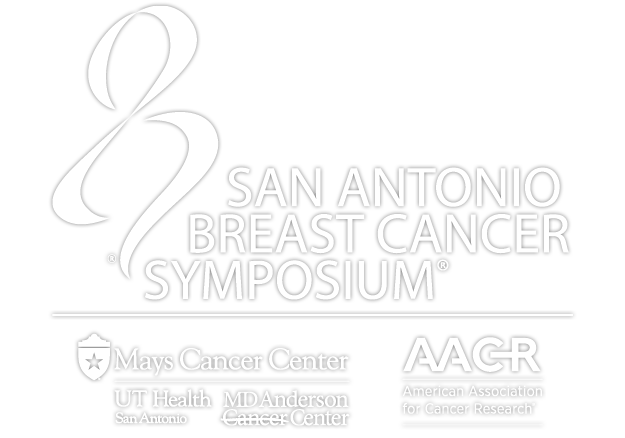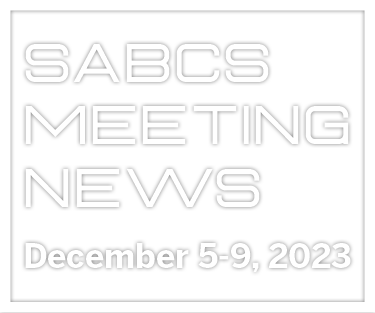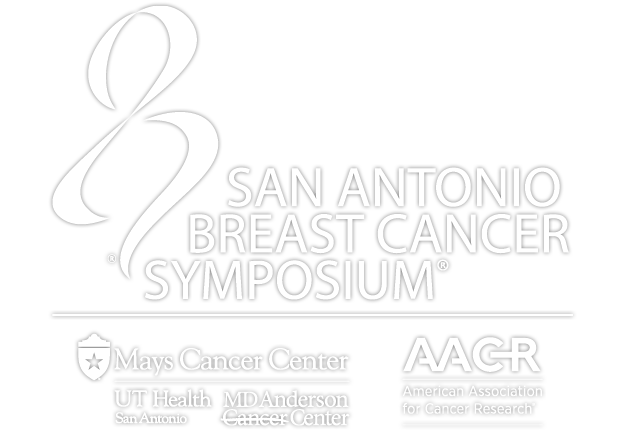
The antibody landscape is shifting. After years of using antibodies as therapeutic agents, they are being re-purposed as targeted vehicles to deliver highly toxic payloads to specific cell surface antigens. These antibody-drug conjugates (ADCs) are readily taken into target cells where they unleash their cytotoxic payload.
“We have needed more potent treatments for cancer patients with refractory disease or those who have become resistant to our existing treatments,” said Paul W.H.I. Parren, PhD, Professor of Molecular Immunology, Leiden University Medical Center, Leiden, Netherlands. “Antibody-drug conjugates offer that potential.”
Dr. Parren described the development of tiotumab vedotin, an ADC under review by the Food and Drug administration, during the Translational Science Forum “Antibody-Drug Conjugates, Better Together” on Wednesday, Dec. 9.
There were 86 ADCs in clinical trials as of November 2020, Dr. Parren reported, with ten ADCs approved or under regulatory review.

Three ADCs have been approved for breast cancer, ado-trastuzumab emtansine (T-DM1), fam-trastuzumab deruxtecan, and sacituzumab govitecan, added Aditya Bardia, MD, MPH, Director, Precision Medicine, Center for Breast Cancer, Massachusetts General Hospital and Assistant Professor of Medicine, Harvard Medical School. Multiple other ADCs are in development for metastatic breast cancer.
Antibody
ADCs share three common features, Dr. Parren explained. The basic design starts with a human antibody that targets a specific cell surface antigen that is highly expressed on target cancer cells and is not expressed or expressed only at low levels on normal cells.
The antibody is readily translocated into target cell organelles or some other intracellular location where the toxic payload is released.
Payload
The payload is a highly cytotoxic compound. Some payloads are derived from biological toxins such as dolastatin 10, a synthetic form of the toxin produced by the sea slug Dolabella auricularia used in tiotumab vedotin.
Other payloads are derived from familiar anticancer agents. Sacituzumab govitecan delivers SN-38, the active metabolite of irinotecan.
Linker
The linker that binds payload to antibody is highly stable in circulation to ensure that the toxic payload remains bound to the antibody and is not delivered off-target via systemic circulation.
The linker can be cleavable or non-cleavable as long as it reliably and predictably releases the payload at the appropriate location inside the target cell.
“One drawback to the payloads used in ADCs is that they are very potent toxins,” Dr. Parren said. “You need to be absolutely sure that the payload is only delivered to the target antigen and only released after it enters the target cell.”
The current generation of ADCs is only a first step, Dr. Bardia added.
Early work is under way on combination therapy with PaRP inhibitors and immunotherapy to target breast cancers more precisely. At least one trial of a neoadjuvant ADC in combination with lumpectomy or mastectomy and possibly adjuvant chemotherapy has begun.
Because each ADC targets a specific antigen, different ADCs targeting different antigens could be more useful in different patients. If the approach is successful, antigen targeting could help redefine the molecular classification of breast cancer.
SABCS registrants will have exclusive on-demand access to this and other virtual SABCS programming until March 13, 2021.



